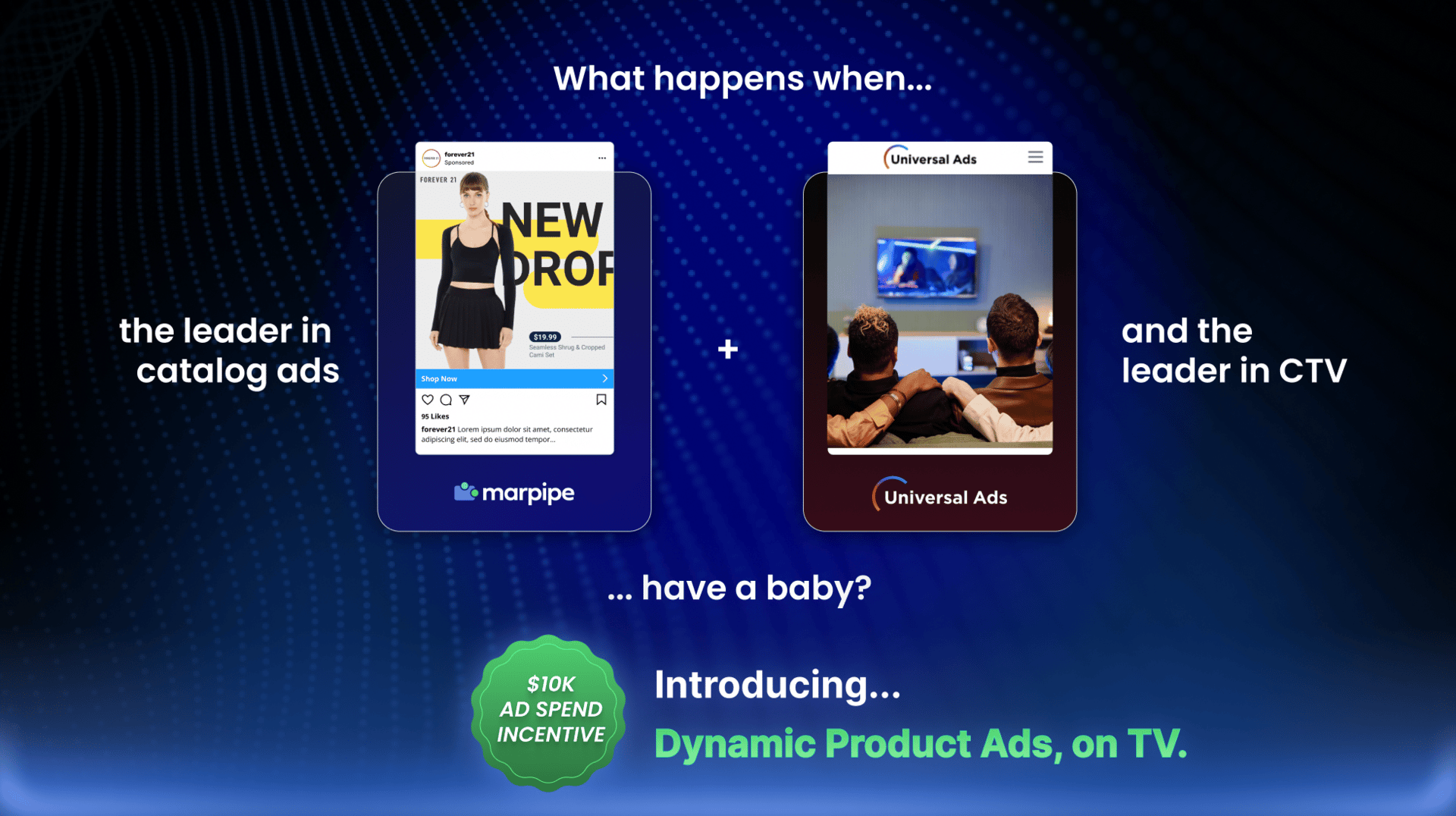Ever noticed how everyone’s suddenly selling a “digital product”?
Ebooks. Notion templates. Canva packs. Printables. Online courses.
It feels like the internet woke up one day, looked at passive income memes, and said: “Yeah, I’ll have some of that.”
But selling digital products is simple, not easy.
If you just slap a file on Etsy or Gumroad, it’ll probably sit there collecting digital dust.
If you want sales, you need a system.
So let’s break it down.
A SPECIAL OFFER FOR YOU FROM OUR SPONSOR
Create How-to Videos in Seconds with AI
Stop wasting time on repetitive explanations. Guidde’s AI creates stunning video guides in seconds—11x faster.
Turn boring docs into visual masterpieces
Save hours with AI-powered automation
Share or embed your guide anywhere
How it works: Click capture on the browser extension, and Guidde auto-generates step-by-step video guides with visuals, voiceover, and a call to action.
Decide What You’re Actually Selling
Here’s the rookie mistake: creating something nobody wants.
You think, “This planner changed my life, surely it will change everyone’s life.”
It won’t.
Instead, ask:
What problems do people already pay to solve?
Where are they already spending money?
Can I create a shortcut, tool, or resource that makes their life easier?
Examples that sell:
A “Wedding Planner Timeline” printable (saves stress for brides).
A “Social Media Caption Bank” for small biz owners (saves time).
A “Budget Spreadsheet for Freelancers” (saves confusion).
Notice the pattern? It’s all about saving stress, time, or confusion.
People don’t buy PDFs. They buy solutions.
Pick Your Platform
You’ve got options:
Etsy → Great for beginners. Built-in traffic, but competitive.
Gumroad → Simple. Direct sales. You drive the traffic.
Shopify → Best if you want to scale and build a real brand.
Substack / Email-first sales → Perfect for creators building audiences.
Choose the one that matches your skill level and audience.
If you have zero audience? Etsy’s your friend. If you already write online? Gumroad or your own site might work better.
A SPECIAL OFFER FOR YOU FROM OUR SPONSOR
$10k free to test catalog ads on TV
When the leader in catalog ads partners with the leader in CTV, something special happens.
Catalog ads on streaming TV with a free $10k to test it.
Turn your product feed into high-performing video ads on the biggest screen in your customers' homes.
CTV + catalog ads = your next massive growth opportunity.
Presentation Matters More Than You Think

Uploading a sad-looking thumbnail and calling it a day.
Remember: nobody buys what they can’t imagine using.
Your product photos should look like a lifestyle. Show the product in action.
Your title should scream clarity: “Printable Daily Fitness Planner for Busy Moms” beats “Wellness Journal Template.”
Your description should answer every doubt: What’s inside? How do I use it? Will it work for me?
Tip: Pretend you’re selling to your skeptical aunt who thinks digital products are “scams.” If she’d understand it, your product page is strong.
Marketing (aka The Hard Part)
Selling digital products is 80% marketing, 20% product.
Yes, that printable is beautiful. But unless you get eyeballs on it, it’s invisible.
Your options:
SEO: On Etsy, keywords are king. Use tools like eRank or Marmalead.
Pinterest: Digital product goldmine. Pins drive traffic for years.
Email lists: Newsletters are where the money lives. Start small, but start now.
Social media: Don’t just “post”, share tips, before/after transformations, behind-the-scenes creation. Give people reasons to trust you.
It’s not about spamming your product link. It’s about showing how your product makes someone’s life easier.
Automation = Freedom
Here’s why digital products are magical:
You make it once.
You sell it forever.
But only if you set it up right.
Automate delivery. Automate confirmation emails. Automate upsells.
If someone buys your $9 budget spreadsheet, why not offer them a $29 advanced version immediately after?
That’s how you turn trickles into streams.
Expect Nothing (At First)
Your first product probably won’t make you rich.
It might get 3 downloads in a week.
Don’t quit.
Many people talk about the trap of chasing validation. Don’t let sales (or lack of them) define your worth. Instead, treat every product like an experiment.
Each launch = data. What worked? What flopped? What keywords ranked?
Over time, the small wins stack.
Build an Ecosystem
The best sellers don’t just have one product.
They have ecosystems.
A freebie to attract people.
A low-ticket product ($7–$19).
A mid-ticket product ($29–$99).
A premium offer (course, bundle, or membership).
Think like this:
Your customer buys your $7 printable meal planner. Then they grab your $49 “Healthy Habits Toolkit.” Eventually, they buy your $199 course on meal prepping for families.
Digital products compound.
Longevity = Community
Products fade, communities last.
If you build an audience (newsletter, FB group, Discord, whatever), you’ll never worry about where your next sale comes from.
There is always a burnout and the pressure to always create… community helps ease that. When you’ve got people who actually want to hear from you, you don’t need to chase every trend.
Community is the moat.
Key Mindset Shifts (Read Twice)
You’re not selling files. You’re selling outcomes.
Marketing matters more than making.
Volume beats perfection. Ten small products beat one “perfect” product.
Attention is currency. Capture it with content, keep it with email.
Anxiety will whisper, “Who am I to sell this?” Ignore it. The internet rewards people who hit publish, not people who wait until they’re “ready.”
Selling digital products isn’t about luck or being an “Etsy unicorn.”
It’s about strategy:
Solve real problems.
Present clearly.
Market consistently.
Automate the boring stuff.
Build an ecosystem.
Nurture a community.
Do this, and your products stop being dusty PDFs on your hard drive… and start becoming assets that pay you while you sleep.
Have a nice day,
Miroslav from The Design Nexus
TOOLS YOU SHOULD TRY
Even if you sell products other than mugs or t-shirts, it doesn't mean it will cost you more.
There are tools that can help you with the tasks, and most of them have free versions.
Research: ProfitTree
Graphic Designs: Creative Fabrica
Vectorizing: Vectorizer AI
Disclaimer: Within the article, you will find affiliate links. If you decide to purchase through these links, I want to sincerely assure you that I will receive a commission at no extra cost to you.



